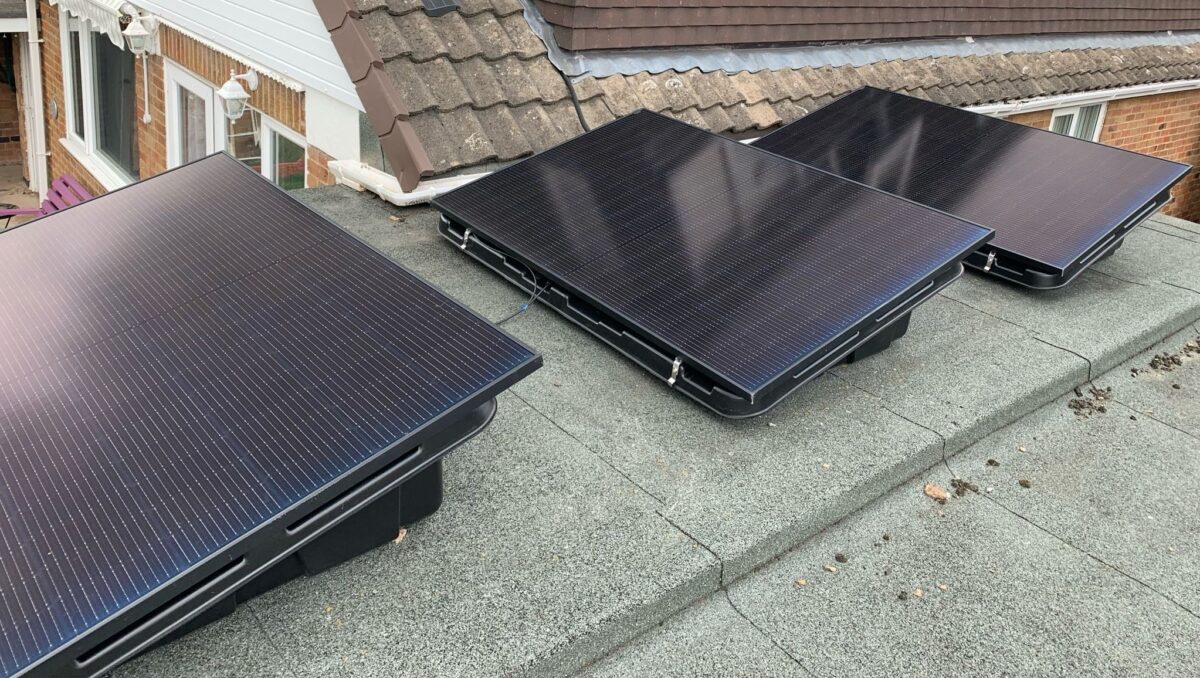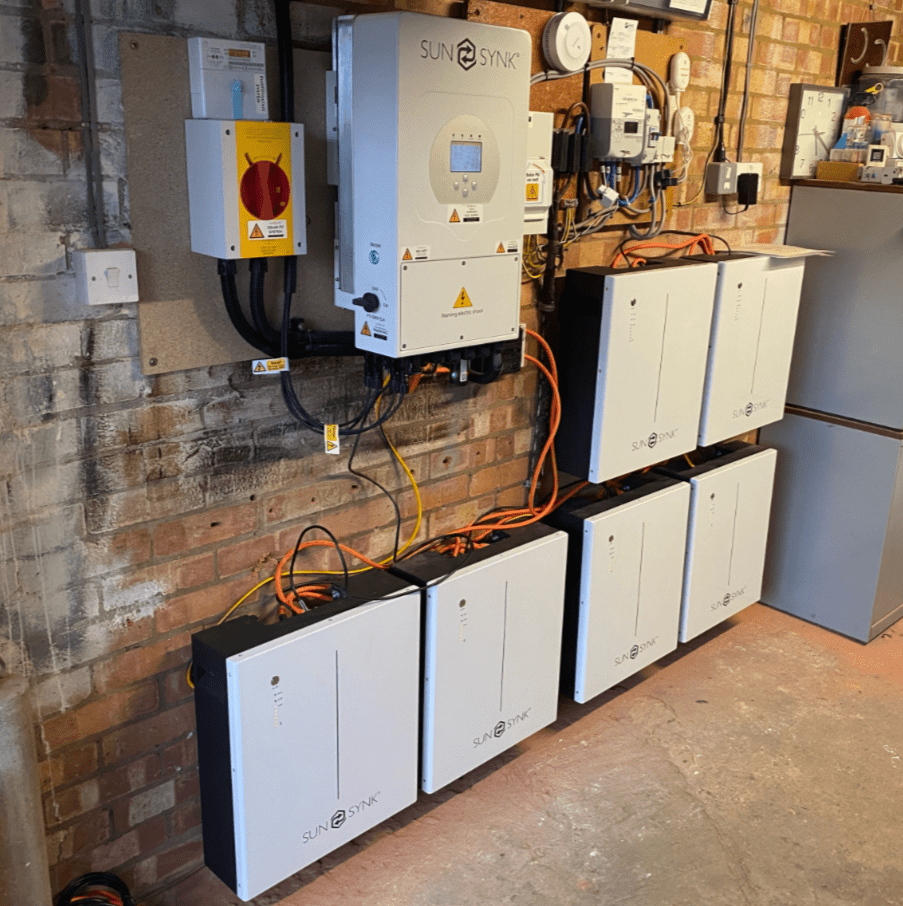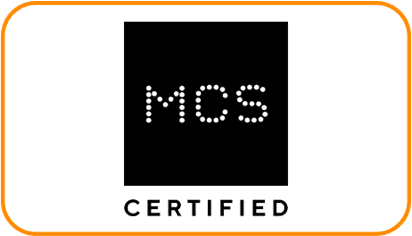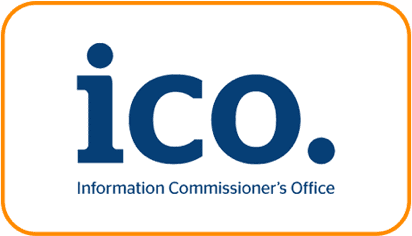Part 4 now and we’re still in 2010, the significance of introducing the Feed In Tariff cannot be understated, it provided such an incredible incentive for would-be customers of solar PV installations to commit and start saving / earning money with renewable energy.
The first change in policy to the Feed In Tariff was April of the following year, it saw the government increase the FiT rates in response to links to RPI (Retail Price Index), onto August 2011 the rates were changed again, being decreased this time for large scale systems by up to 70%
31st October 2011 was the start of legal action taken within the solar industry, DECC (Department of Energy and Climate Change) started making plans to cut the current FIT rate significantly for Dec, because as they saw it, the current rates were simply unsustainable, the plan being for <4 kWp rate to be cut from 43.3p to 21p, which would have been a huge cut and a significant reduction in new Solar Panel customer’s Return On Investment (ROI).
The inciting incident that sparked legal proceedings was on 12th December 2011 when DECC announced their plans for the FIT rate cut from October, their mistake was apparently timing, as the announcement came before the end of the consultation period, causing uncertainty within the solar industry.
On the back of this announcement, 21st December was when the solar industry stood up against the governments’ plans, with the help of the High Court no less, and as luck would have it the High Court found in favour of the solar industry, ruling the DECC’s actions as unlawful, pushing back the DECC’s plans for the FiT cut. Going through the appeals procedure, on 25th January 2012 another court did not overturn the High Courts’ ruling and the DECC’s plans were further delayed until 3rd March 2012, were it was finally allowed to pass and the Feed In Tariff was cut to 21p.

















